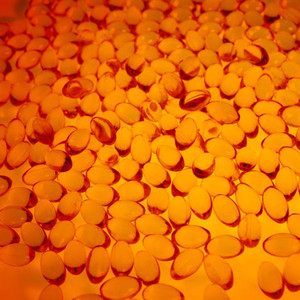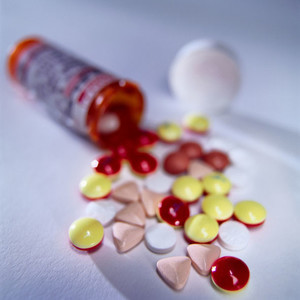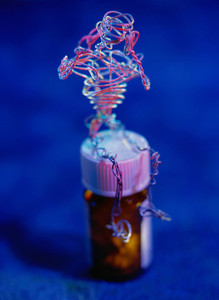The European Generic medicines Association (EGA) presented ‘Vision 2015’, which aims to create a globally competitive generic industry, increase patient access to affordable quality medicines and ensure sustainable health care in Europe, e.g. by improving the EU's centralised procedure (CP) and decentralised procedure (DCP) for authorising medicines.

As pointed out by Scrip, generics manufacturers have only recently been able to use the CP, following a review of pharmaceutical legislation. Now, nearly half the submissions made through the CP are applications for generic medicines. But this procedure can be problematic for generics manufacturers because the current legislation is designed to deal with originator medicines, not generics. "Therefore some of the provisions are impractical for generics," said an EGA spokesperson. For example, the assessment of a drug in the CP requires the manufacturer to submit a full summary of product characteristics (SmPC) and to use the same SmPC in each EU country. This means that the firm must list every indication for which the drug can be marketed in the SmPC. But this can be problematic for generics companies as originators' usage patents may still be in place in some countries. This means that the SmPC would infringe the originator's patent in these markets. Generic manufacturers have found a ‘temporary solution’ whereby they submit two applications through the CP process. One application includes the full SmPC and the other a reduced SmPC. However, this adds significant costs and workload. The EGA therefore wants the legislation changed so that manufacturers can remove some indications at a national level allowing them to use a different SmPC in different markets. Another problem is that the CP only allows manufacturers to submit one name for their product, says the EGA. This means that generics manufacturers must choose either a brand name or use the INN (international non-proprietary name). Launching a drug by its INN in a branded generic-driven market causes problems, as does launching a branded generic in an INN market. The EGA therefore wants the possibility of choosing different names for different markets.
The DCP is used by ca. 85% of the generic manufacturers, but the main difficulties centre around timelines. Reference member states (RMS) should receive feedback from concerned member states (CMS) as part of the validation stage, but this can be a very slow process with some CMS taking too long to send in their comments, which effectively blocks the application. EGA suggests that a mechanism be introduced whereby the RMS automatically assumes that the CMS has no concerns about the application if it has not responded within the deadline. The DCP's ‘clock stop’ phase – when the RMS assesses and responds to feedback from the applicant – can be an arduous process too. The applicant spends a lot of time answering several rounds of RMS and CMS questions and often wastes time responding to the same question posed by different states. "The process needs to be more efficient and transparent and there should be just one list of questions from CMS," said EGA. The DCP can also hit problems after agreement has been reached on approval, when each member state has 30 days to issue the authorisation. The delay is sometimes down to a lack of resources, which needs to be resolved. The EGA wants to see greater balance in member states' contribution to the mutual recognition and DCPs to drive a "more harmonised single market".
References:
Francesca Bruce. European generics industry wants better authorisation procedures. 2010 February 4.
EGA Press Release. EGA calls for improved regulatory framework with vision 2015 to create a stronger European Generic Medicine Industry and increased patient access to affordable healthcare. 2010 January 21.
Source: EGA Press Release








 0
0










